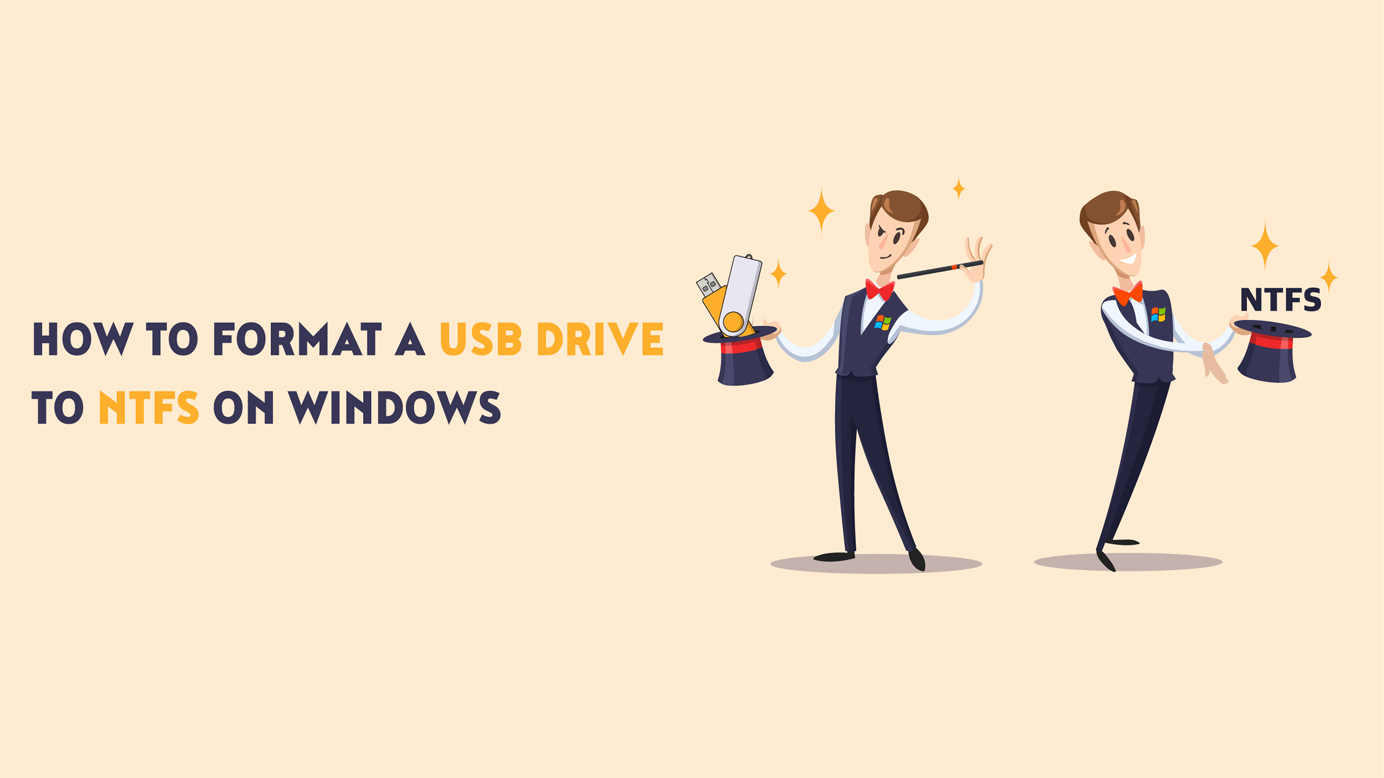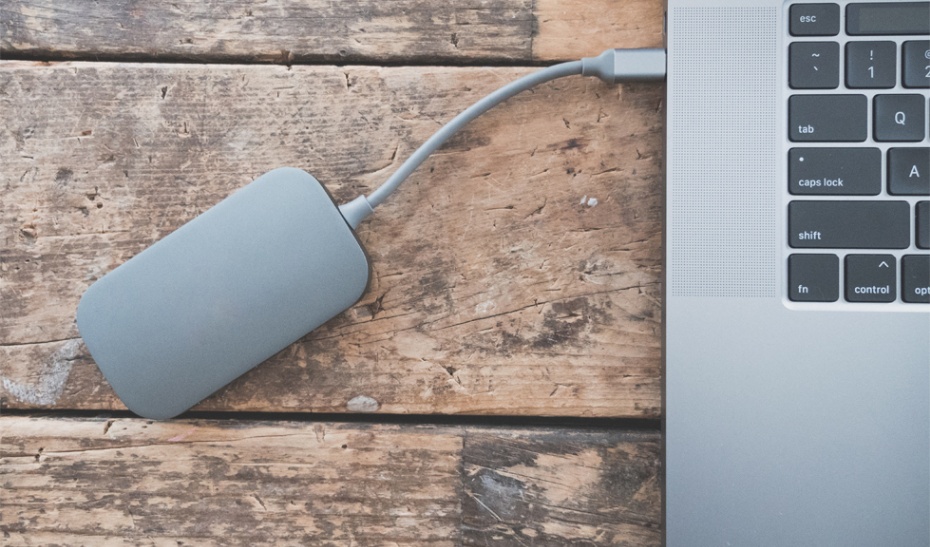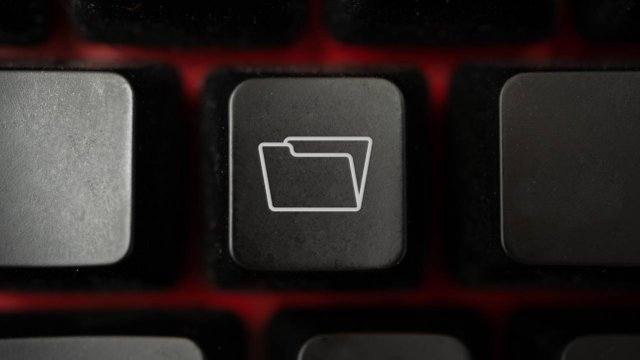
How To Format a USB Drive to NTFS on Windows
USB drives are one of the simplest ways to transfer files and data from one physical location to another. The versatility of USB is extended even further by taking advantage of different flash drive format types. Changing formats allows compatibility with a wide range of operating systems and devices. For instance, Microsoft uses a proprietary NTFS formatting structure as the default for all Windows NT systems. Formatting your drive to be compatible with New Technology File System (NTFS) will facilitate the smooth transfer of data when interacting within the Windows NT framework.
The good news is that anyone can reformat a USB drive to NTFS without any technical expertise or training. With just a few clicks, you can have your drive ready to go. Simply follow the instructions below to bring any flash drive over to the NTFS standard. Keep in mind that you can always reformat the same drive at a later date.
Step 1: Make a Copy of Any Files Stored on Your Drive

Reformatting a USB drive will delete any files that have been stored on it. Insert your drive into a computer, and decide if any files are worth saving. Should you desire to save anything, you can make a backup by copying the files into any directory on your computer. After reformatting is complete, you can transfer all the files back onto the NTFS drive.
Step 2: Enable Better Performance in Drive Properties
The NTFS file format is often used for write caching, which requires turning on the Better Performance mode in your device's properties menu. Open File Explorer, and look for the flash drive you inserted in the previous step. Right-click on the intended drive, and click on Properties from the menu that appears. Click the Policies tab in the Properties menu to see your options. You'll find that Quick Removal is the default setting. This allows you to remove your flash drive at any time.
To optimize NTFS performance, select the Better Performance mode from the menu, as it will enable features like write caching. Keep in mind that you will need to right-click on your drive and select safely remove hardware before physically removing the stick from your computer once Better Performance is enabled. You will need to do this every time, but the enhanced output is worth the few seconds it takes to safely eject your drives.
Score Huge Savings on USB-C Drives Here
Step 3: Switch Formats to NTFS

Navigate back to where your drive is located in File Explorer. Right-click on the drive one more time to see the same drop-down menu from before. This time, select the format option to open a new window. Look for the file system option, and click to see your list of available formats. Select NTFS from this menu by clicking the appropriate text. Note that the formatting will not begin until you hit the Start button located near the bottom of the window. Feel free to confirm your settings before clicking Start and altering your USB drive.
Keep Those Drives Up to Date
Managing the file format of each of your USB drives will ensure maximum compatibility and ease of use. When storing or transferring important data, you want quick and immediate access to your files. Keeping a uniform standard for all of your drives lets you know that every document relevant to your business is never more than a few clicks away. If your company's inventory of drives is filled with a mismatch of various file formats, updating each of them with Windows' preferred NTFS format will serve as a boon for productivity and organization throughout your firm.